Features
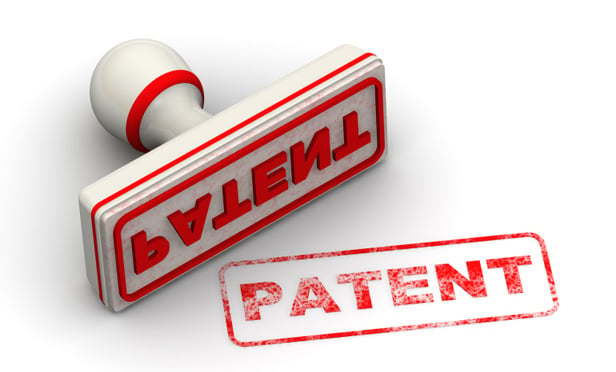
Patent Your Trade Secrets In Wake of Noncompete Ban
While it may be growing more difficult to protect business information with the FTC's noncompete ban, patents can provide strong protection over technical innovations, regardless of whether the inventor stays with the company or leaves.
Columns & Departments
Fresh Filings
Notable recent court filings in entertainment law.
Features
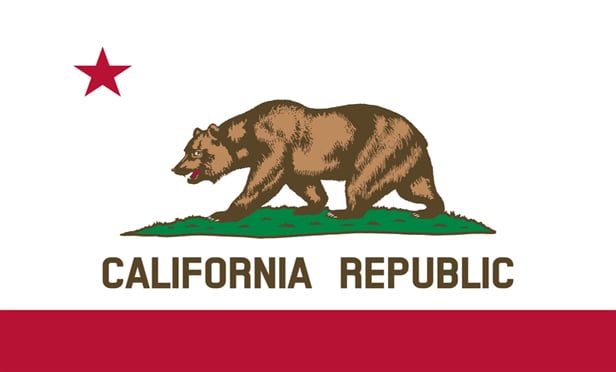
Plans for New CA State Bar Exam Still In the Works, Despite IP Concerns
The State Bar of California's plans to launch a new state bar exam are still in the works even though Kaplan North America, which had been chosen to develop the exam, recently asked to withdraw from participating, citing intellectual property concerns raised by the National Conference of Bar Examiners.
Columns & Departments
IP News
Federal Circuit Sitting en banc Overrules Long-standing Test for Assessing Obviousness of Design Patents and Adopts the Same Framework Established for Utility Patents Federal Circuit Affirms District Court's Grant of §285 Fees Request for Fees Incurred in Litigation and Denial of Fees Request for Fees Incurred In a Parallel IPR Proceeding
Features

LJN Quarterly Update: 2024 Q1
Highlights some of the in-depth analysis and insights from lawyers and other practice area experts from the nine LJN Newsletters titles over the first quarter of 2024.
Features
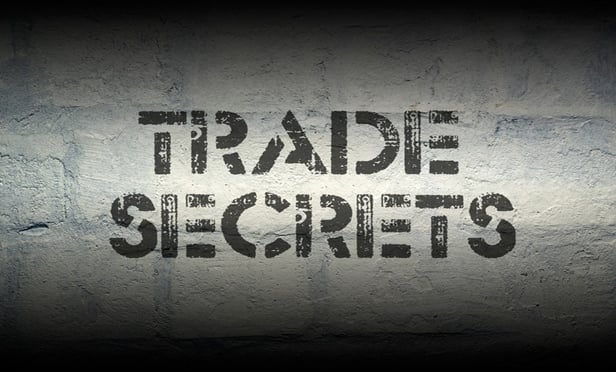
Trade Secret Protection Plans Provide Certainty to Employers
The protection of trade secrets has long been understood to be a legitimate business interest, and, traditionally, companies have used non-competition clauses to protect their trade secrets. Now, with non-competition agreements in doubt and facing greater scrutiny, companies will need to rely on other protection mechanisms.
Features
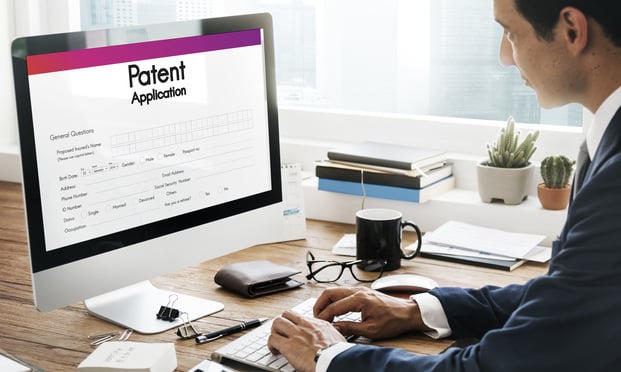
Federal Circuit Overrules 'Rosen-Durling' Test for Design Patent Obviousness
The downfall of the Rosen-Durling test will generally make it harder to obtain design patents and easier to invalidate design patents.
Features
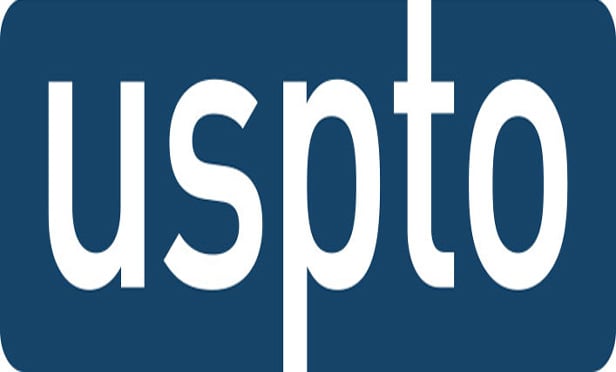
Lessons Learned Through the Patent Trial and Appeal Board's Legal Experience and Advancement Program
To help prepare practitioners for oral advocacy before the PTAB, the USPTO offers free training on all aspects of conducting arguments before the PTAB, including how to improve oral advocacy, use of demonstratives, effective use of hearing time, decorum, logistics of an oral hearing, and more.
Features

Gen-AI Created Influencers Bring New Risks
A steep rise in the use of GenAI and computer-generated influencers brings with it new marketing risks and considerations for celebrities, influencers and businesses alike.
Features

7 Ways Companies and Content Creators Can Navigate Copyright Law for a Successful Partnership
Companies often partner with influencers to market their products, hoping to tap into the influencer's devoted audience. Likewise, influencers create certain content to secure brand deals and attract advertisers. However, this relationship can be fraught with legal issues, including in the arena of copyright law.
Need Help?
- Prefer an IP authenticated environment? Request a transition or call 800-756-8993.
- Need other assistance? email Customer Service or call 1-877-256-2472.
MOST POPULAR STORIES
- Use of Deferred Prosecution Agreements In White Collar InvestigationsThis article discusses the practical and policy reasons for the use of DPAs and NPAs in white-collar criminal investigations, and considers the NDAA's new reporting provision and its relationship with other efforts to enhance transparency in DOJ decision-making.Read More ›
- The DOJ's New Parameters for Evaluating Corporate Compliance ProgramsThe parameters set forth in the DOJ's memorandum have implications not only for the government's evaluation of compliance programs in the context of criminal charging decisions, but also for how defense counsel structure their conference-room advocacy seeking declinations or lesser sanctions in both criminal and civil investigations.Read More ›
- The DOJ's Corporate Enforcement Policy: One Year LaterThe DOJ's Criminal Division issued three declinations since the issuance of the revised CEP a year ago. Review of these cases gives insight into DOJ's implementation of the new policy in practice.Read More ›
- Don't Sleep On Prohibitions on the Assignability of LeasesAttorneys advising commercial tenants on commercial lease documents should not sleep on prohibitions or other limitations on their client's rights to assign or transfer their interests in the leasehold estate. Assignment and transfer provisions are just as important as the base rent or any default clauses, especially in the era where tenants are searching for increased flexibility to maneuver in the hybrid working environment where the future of in-person use of real estate remains unclear.Read More ›
- Developments in Distressed LendingRecently, in two separate cases, secured lenders have received, as part of their adequate protection package, the right to obtain principal paydowns during a bankruptcy case.Read More ›
